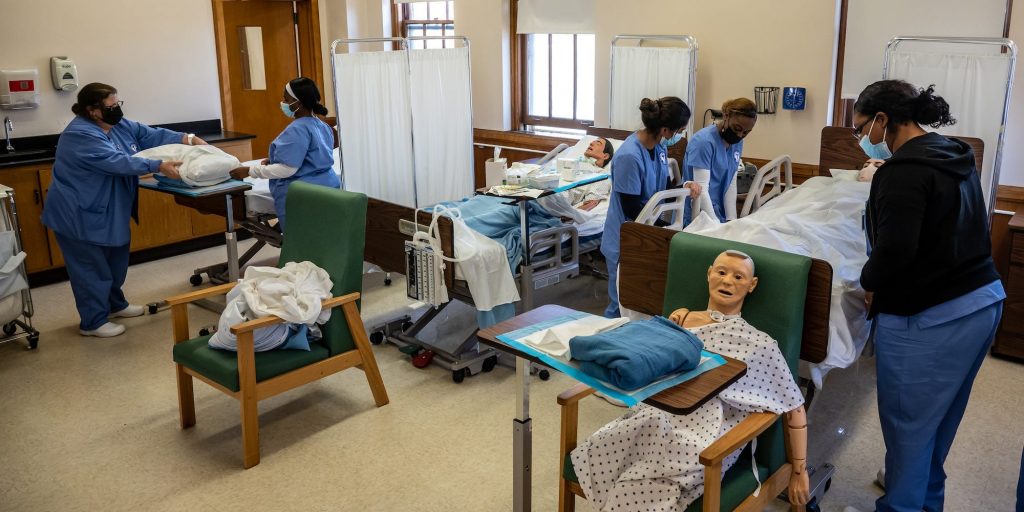- Medical students of color are more likely to drop out before finishing their degrees, a new study says.
- Researchers at Yale University found that over 5% of Hispanic and Black medical students dropped out.
- That's compared to around 2% of white medical students.
Medical students of color are more likely to drop out because of bias and lack of diversity, a new study from researchers at Yale University found.
According to the study, which was published Monday in JAMA Internal Medicine, 2.8% of 33,389 students who started medical school in either 2014 or 2015 school years dropped out within five years.
While white students were only 2.3% likely to drop out, Hispanic students were about 5.2% likely to drop out with Black students at 5.7%, and Native American students at 11%.
"In terms of students' experiences of mistreatment, some are due to overt biases, but some are due to implicit biases," Dowin Boatright, assistant professor of emergency medicine at Yale and senior author of the study, said in a press release. "I think programs have done a lot to try to address implicit bias, mainly through things like implicit bias training, but the data behind most interventions being used are mixed at best."
The study found that individuals of color who identified with other marginalized groups were more likely to drop out. These identities include being of an underrepresented race or ethnicity, coming from a low-income household, or from an underresourced neighborhood.
"The rate of attrition increased with each additional coexisting marginalized identity," according to the study.
"We know that each marginalized identity brings its own unique challenges," Mytien Nguyen, an M.D.-Ph.D. student at Yale School of Medicine and lead author of the study, said in the release. "So with multiple marginalized identities, we have compounding challenges."
Boatright said the drop-out rates represent "an accrual of disadvantage."
The researchers offered several solutions to address the disparity in drop-out rates, including having accreditation organizations that assess the diversity of a school's matriculating students also look at the diversity in retention. Additionally, among other recommendations, medical schools could address discrimination and consider debt reform, the research team proposed.
A recent New York medical school graduate previously told Insider that she wanted to quit medical school but decided against doing so given her student loan debt of $450,000.
"There's been many times through medical school that I wanted to quit, just it being just such a difficult thing to do in itself," Alexandra Hassan, a first-generation Egyptian-American student from a single-parent household said. "But honest to God, a lot of the time what has stopped me is I can't quit with all these loans to my name. What will I do? How will I go on to do anything else?"
The inequality in drop-out rates "warrants systemic and structural reform," according to the study.
"These are not individual challenges, but challenges students face because the medical school environment, climate, and system are not created for students from these marginalized backgrounds," Nguyen said, noting that medical schools have already "determined that these students are fit to be doctors and are academically ready."
Dit artikel is oorspronkelijk verschenen op z24.nl

